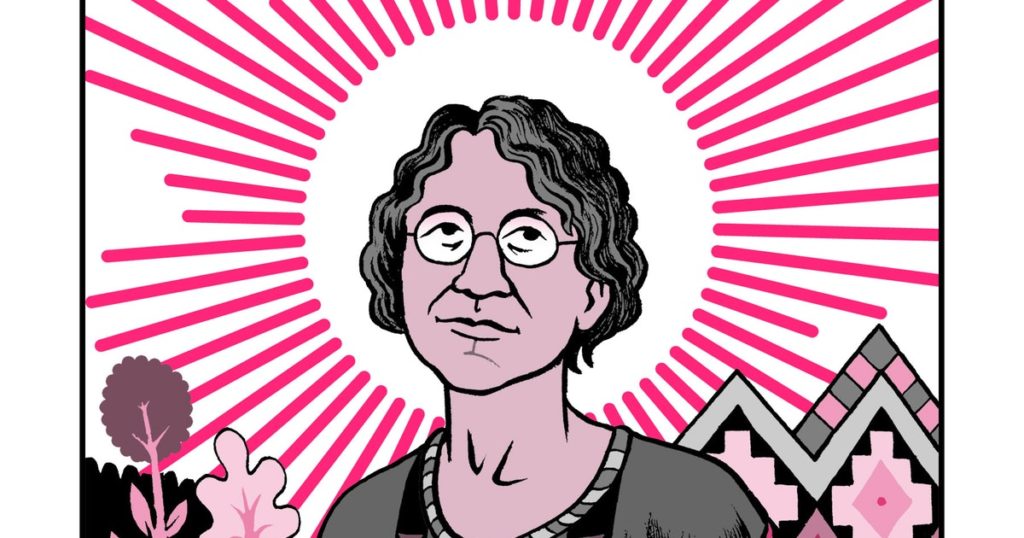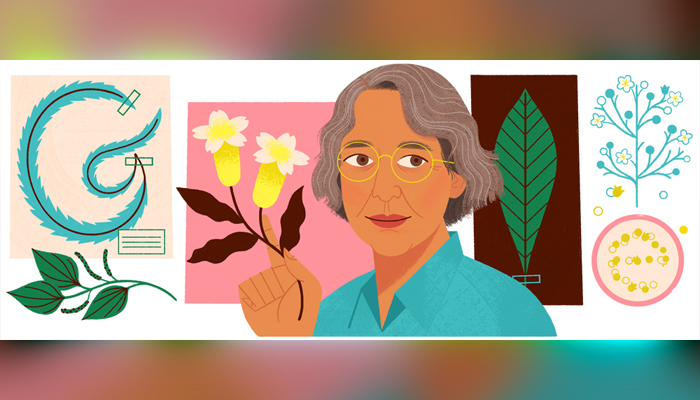Google Doodle celebrates the Mexican-American botanist and explorer Ynés Mexía

Google has begun the first day of Hispanic Heritage Month with a doodle homage to Mexican-American botanist and explorer Ynés Mexía.
In the doodle designed by Loris Lora, a Los Angeles-based artist, Mexía is depicted with short gray hair and glasses surrounded by a collection of plant specimens that loosely spell out the word “Google.”

“I did not know who Ynés Mexía is, but when I started the project and researched her life, I was amazed at her performance,” Lora said in an interview with Google. “At the age of 55, she has found her passion and done so much in her short career.”
Mexía was born in 1870 in Washington, DC, the son of Mexican diplomats Enrique Mexía and Sarah Wilmer. She spent most of her childhood in Texas and moved around a lot before settling in San Francisco. After a brief period as a social worker, Mexía found her true vocation when she was in her fifties.
She joined the local Sierra Club and enrolled in botany courses in 1921 at the University of California at Berkeley. Four years later, she began her career as a botanist and researcher.

According to Google, Mexía undertook its first plant collection trip in 1925 on this day. She was 55 years old at the time and traveled to Sinaloa, Mexico, with a group of members of Stanford University looking for rare plant species.
Although she experienced some setbacks on this first trip, including a fall from a cliff and a fracture of her hand and some ribs, Mexía claims to have brought home about 500 copies. The site notes that about 50 of these were previously undiscovered.
After this first expedition, Mexía continued to travel to Mexico to discover new species, Google said. Some of them were even named after her, including a flowering plant from the daisy family called Zexmenia mexiae, now called Lasianthaea macrocephala.

Mexía eventually became one of history’s most famous botanists. Throughout her career, she has undertaken expeditions to Alaska, Mexico, Brazil, Peru, Ecuador, Chile and Argentina. She collected about 150,000 plant specimens and some estimate that about 500 of them were previously undetected. The Sierra Club Bulletin assigns her the discovery of two genera or species groups.
To date, scientists are studying Mexico’s samples, and the plant samples they collect are kept in museums and institutions around the world.

